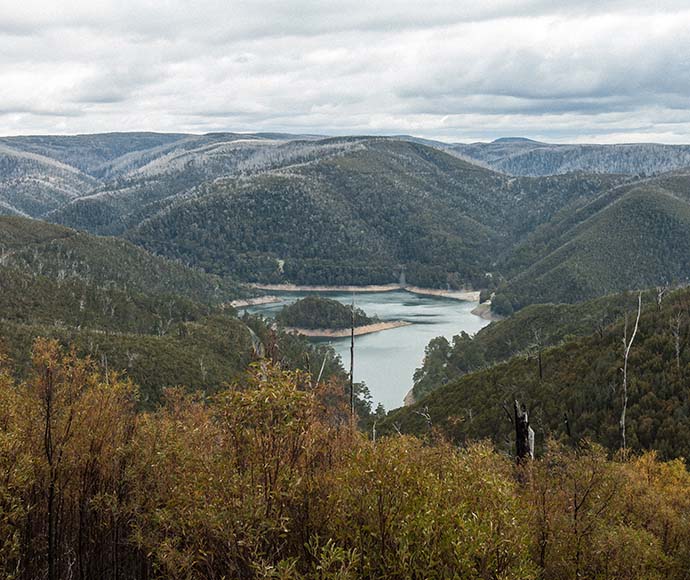National Parks and Wildlife Service (NPWS) in conjunction with Rural Fire Service (RFS) is conducting a hazard reduction burn at Back Creek Monday 11 May.

The 861 hectares burn in a Strategic Fire Asset Zone (SFAZ) is about 30 kilometres South East of Jindabyne in the Kosciuszko National Park is scheduled to take advantage of suitable weather.
This low-intensity burn will help protect surrounding agricultural land to the North, East and West between Paupong and Numbla Vale, reducing the risk of wildfire to surrounding properties.
It will also help preserve assets near the burn including an electric dog fence and deer fencing.
This part of the park will be closed during the burning operation which is expected to start around midday.
Smoke may be visible from towns around the region including from Jindabyne, Berridale and Dalgety.
NPWS hazard reduction program for 2020 will be focussed on undertaking essential burns in areas close to neighbours and important assets and to protect significant areas of habitat to ensure ongoing recovery of the State's wildlife that was impacted by the summer bushfires.
Undertaking hazard reduction burns when conditions are right to ensure they are safe and effective is an important part of managing the potential risk of bushfire to communities and the environment before next summer.
NPWS is also continuing its important bushfire recovery work across the State.
All burns across New South Wales will continue to be coordinated with the Rural Fire Service to ensure the impact on the community, including from smoke, are assessed at a regional level.
Details on specific burns will be made available in advance on the Rural Fire Service website, 'Fires Near Me' app, and on NPWS Alerts website.
All hazard reduction burns over 50 hectares will be assessed by the NSW Rural Fire Service in conjunction with NSW Health as required to ensure smoke impacts are minimised.
For health information relating to smoke from bush fires and hazard reduction burning, visit NSW Health or the Asthma Foundation.
For up to date information on these, and other, planned hazard reduction activities, visit the Rural Fire Service.






